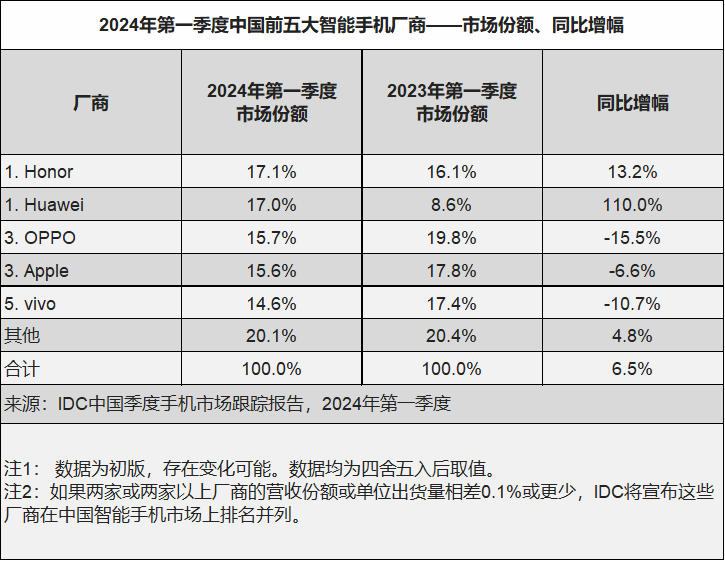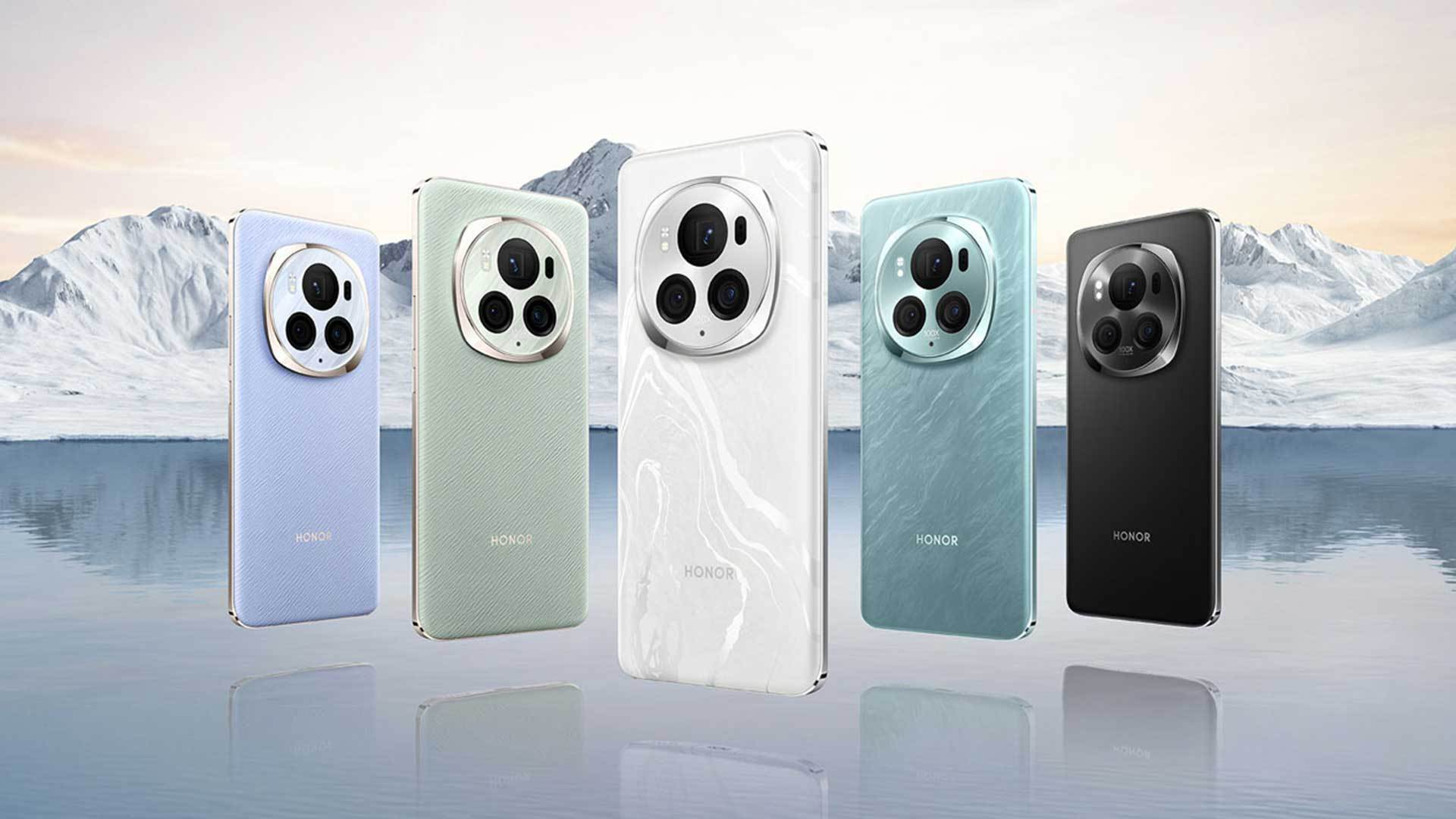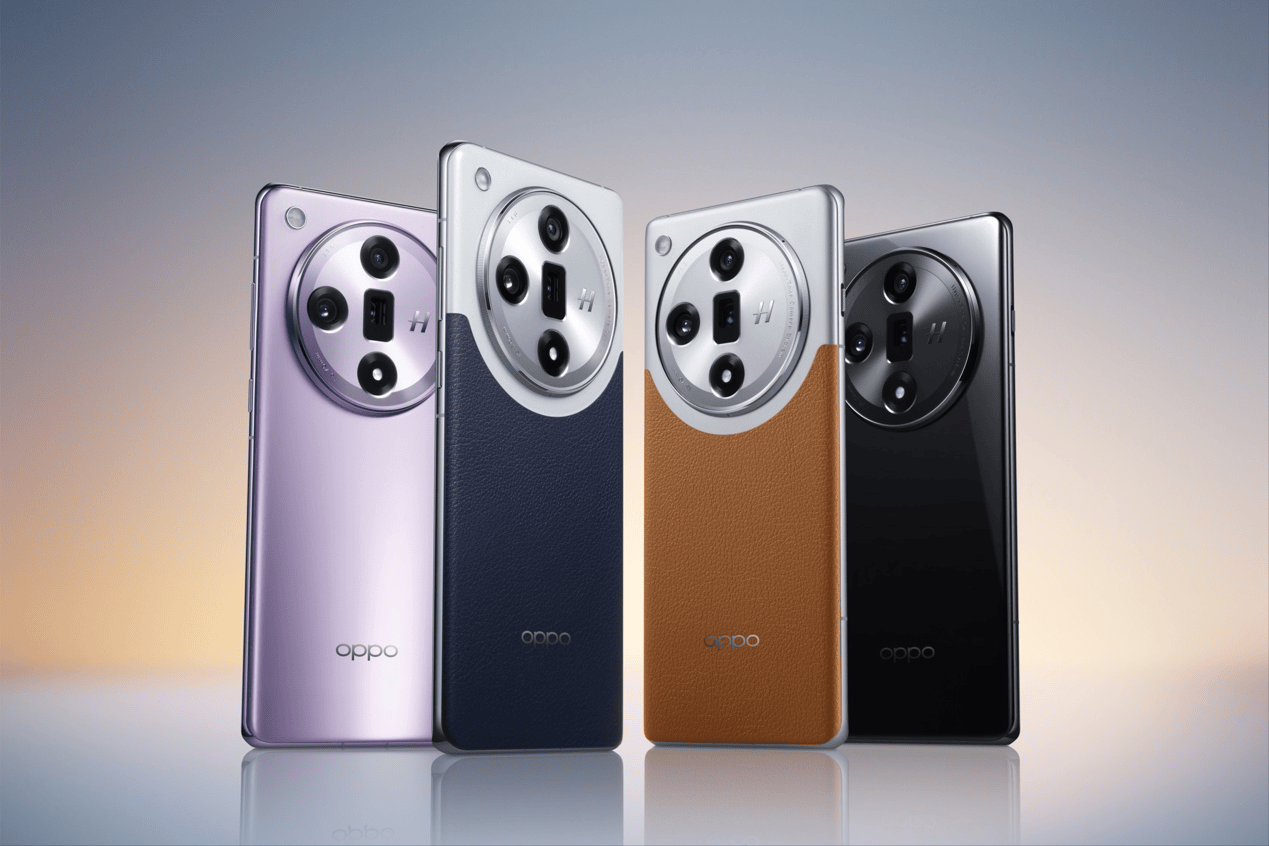Analysis of China’s Smartphone Market in Q1: Huawei, OPPO, and Honor Lead in IDC Rankings
After Counterpoint, an international market research agency, released its report on the domestic smartphone market share in the first quarter (Q1) of this year, another agency, IDC, has recently published the latest data on the same sector for the same period. According to IDC, the Chinese smartphone market saw shipments of 69.26 million units in Q1, marking a 6.5% year-on-year increase. Similar to the global market trend, the sustained recovery in market demand has helped the Chinese smartphone market continue the rebound from the end of last year. However, there were significant discrepancies in specific rankings compared to Counterpoint’s data. In IDC’s rankings, Honor, Huawei, and OPPO claimed the top three positions, with Apple tied for third place, while vivo fell to fifth place.

In IDC’s data for Q1, Honor saw a year-on-year growth of 13.2%, securing a market share of 17.1% and retaining the top spot in shipment volumes. Huawei continued its strong growth trajectory with a staggering 110% year-on-year increase, pushing its market share to 17%, just 0.1% behind Honor. OPPO, with a slight 0.1% lead over Apple, claimed the third spot with a 15.7% market share, while Apple and vivo ranked fourth and fifth, respectively.


Honor’s exceptional performance was attributed to the success of its Magic series smartphones and foldable models. In Q1 of this year, the shipment volume of the Honor Magic 6 series more than doubled that of the previous generation. Particularly in the foldable screen segment, Honor witnessed a remarkable 154% year-on-year surge in market share, placing it right after Huawei. The success of the Magic 6 series and rapid growth in the foldable screen market have contributed significantly to Honor’s increased market share. The incorporation of AI four-layer architecture and AI-based operating system strategies reflect Honor’s forward-looking approach and commitment to innovation in AI technology.

The CEO of Honor Terminal Limited, @赵明-George, expressed gratitude to consumers for their trust and support. He highlighted Honor’s early focus on using AI to reshape future service ecosystems and consumer experiences. As the AI trend in smartphones unfolds, Honor remains dedicated to consumer-centric approaches, utilizing platform-level AI to enhance future services and consumer experiences while exploring new possibilities in human-machine interactions.

Huawei’s rapid market share growth was primarily driven by its high-end product lineup, such as the Mate 60 series, which reinvigorated its presence in the premium market segment above $600. Analysts predict that Huawei’s smartphone shipments in 2024 are expected to range between 60 to 65 million units, with projections estimating a rapid surge to 80 to 90 million units by 2025. These releases will predominantly target the Chinese market, posing a formidable challenge to Apple as a direct competitor.

Turning to OPPO, since 2024, the company has embarked on a new strategy, emphasizing AI technologies across various price segments, from high-end to mid-range smartphones. In the first quarter, the OPPO Reno 11 maintained a leading position in the $300-$400 price range, holding the top spot. Simultaneously, OPPO’s consistent innovation in AI technologies has boosted the sales of high-end products, surpassing the previous generation with the impressive performance of its new AI flagship series, Find X7. The success of this lineup underscores OPPO’s commitment to exploring innovative technologies and continually optimizing its future strategies.

In early 2024, OPPO’s founder, Chen Mingyong, announced in an internal communication that the era of AI smartphones had arrived, positioning OPPO as a leader and promoter in this field. The flagship Find X7 series from OPPO incorporates the proprietary Andes large model, making it the industry’s first to implement a side-end 7-billion-parameter model. During the Chinese New Year period, OPPO introduced new features such as AI elimination, AI call summaries, and AI content creation to over tens of millions of users, delivering a next-generation AI experience in smartphones. In March of this year, the Find X7 series passed the evaluation tests and met the regulatory requirements, becoming the first AI smartphone to comply with the standards set by the Thiel Terminal Laboratory for intelligent terminal AI capabilities.